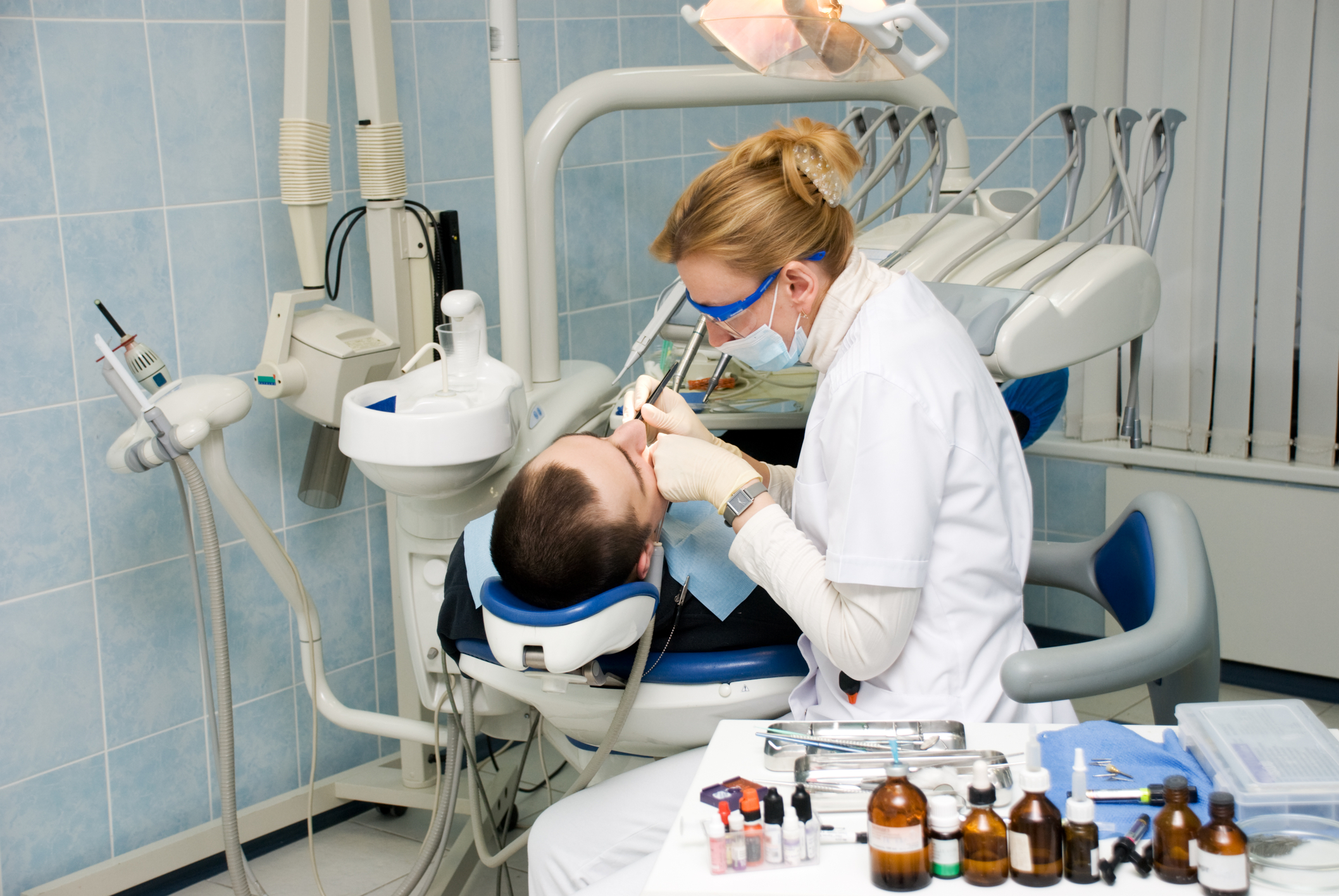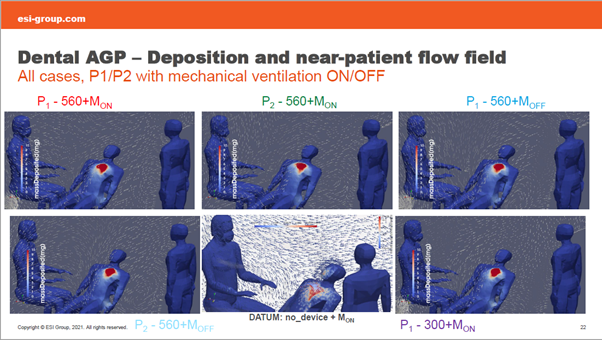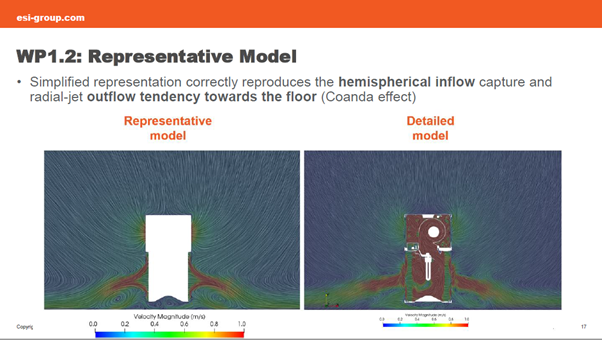Update to dentist’s fallow time guidance (UK)

The pandemic has had a significant impact on patient throughput at dental surgeries. While lockdowns have been lifted, fallow time – the amount of time an operatory is left empty after an Aerosol Generating Procedure (AGP) to permit the clearance and/or setting of airborne droplets or aerosols – is still contributing to long waiting lists.
The UK government’s January 17 2022 ‘COVID-19: infection prevention and control dental appendix’ to its broader guidance on ‘Infection prevention and control for seasonal respiratory infections in health and care settings (including SARS-CoV-2) for winter 2021 to 2022’ provides an update on post AGP downtime for dental practices.
Poor ventilation extends fallow time. Where there are 10 or more Air Changes Per Hour (ACH), a baseline post AGP downtime of 15 minutes is recommended. However, that downtime increases to 20 minutes where there are 6 to 9 ACH and to 30 minutes where there are 1 to 5 ACH or where the ventilation rate is unknown.
In a standard 30m3 dentist surgery room (4x3m with normal ceiling height), an air purifier capable of cleaning 560m3 per hour would change the air 18 times an hour (18 ACH). That means a dentist can operate with the minimum 15 minute fallow period, substantially increasing patient throughput.
Assuming that a single surgery room is utilised for 8 hours a day, with 30 minutes allocated to each appointment, then a 30-minute fallow period would allow 8 appointments per day. Drop the fallow period to 15 minutes and the number of patients seen per day increases to 11 appointments. Over a period of one working week, that equates to 15 more patients, or 750+ over a year. The cost and patient benefit strongly favours air purification, with a quick return on investment on a hospital-grade air purifier that can reduce the required fallow period by half.
Once the need and ROI has been established, the question of what type of air purifier remains. The Faculty of General Dental Practice (FDGP) UK and College of General Dentistry (CGDent) published an updated guide in October 2020: Implications of COVID-19 for the safe management of general dental practice. The guide recommends air purifiers using HEPA filtration or UV irradiation to improve the quality of air within the surgery by removing or diluting contaminated aerosol and thus reducing the risk of contamination.
In addition, the guide recommends that the unit should be positioned close to the source of the aerosol production (i.e. head or foot of the dental chair). The air flow rate, efficiency of air cleaning and size of the room should all be considered, along with maintenance and safety. Safety is a major concern also voiced by the UK SAGE committee, which warns against unproven technologies that rely on chemical reactions and may give rise to harmful toxicological by-products.
Rensair’s patented technology combines a hospital-grade H13 HEPA filter with an ozone-free UVC light to trap and inactivate pathogens. ESI Group recently completed in-situ modelling on the Rensair air purifier within a Birmingham NHS Hospital Dental Treatment Room. Using advanced computational fluid dynamics, the results confirmed very effective air circulation and removal of aerosols generated from AGP procedures. The directional flow of air is critical to the dentist’s own safety. Deposition and near patient flow field tests demonstrated that the Rensair unit draws aerosols downwards, thereby protecting dentists from infectious particles.


The Rensair unit quickly spreads purified air at 360 degrees in a uniform, outward motion parallel with the floor. This enhances room penetration and encourages toroidal circulation of airflow throughout the space, such that clean air bounces off the walls, then ceiling and then back into the entire treatment room.

